In the ever-evolving landscape of augmented reality (AR), Snap Inc. continues to stake its claim with its latest Snap AR Spectacles. While the competition—especially Meta’s Orion glasses—may seem sleeker and more technologically advanced, Snap’s Spectacles offer a different kind of appeal. They focus on creativity, social connection, and accessibility, albeit with some caveats. These glasses represent Snap’s ongoing commitment to bringing AR to everyday users, even if they’re still in the developmental phase.
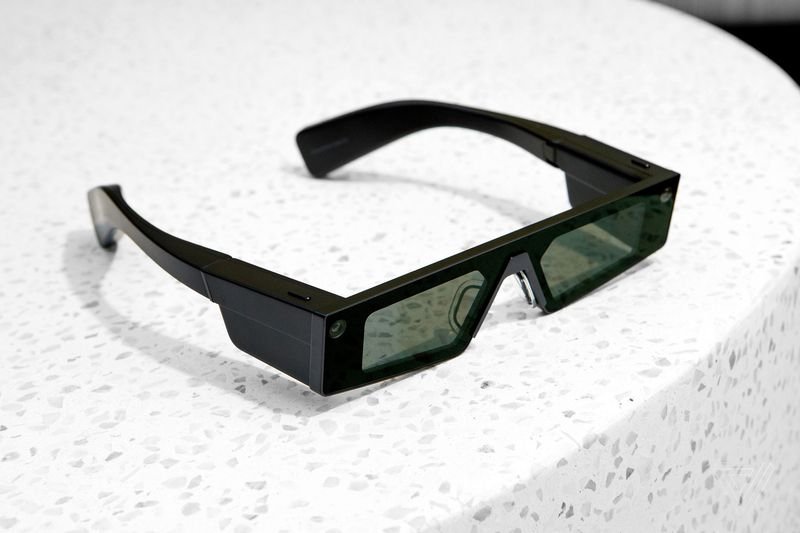
From Photos to AR: Snap Spectacles’ Evolution
The journey of Snap’s Spectacles began in 2016 with their debut as playful, camera-equipped sunglasses. These circular frames, available in bright, bold colours, quickly became a fashion statement, particularly among Snapchat’s younger audience. While their primary function was capturing photos and videos in a unique, wide-angled circle format, they offered no augmented reality features. Their appeal lay in their whimsical aesthetic, making them a trendy accessory for content creators and social media enthusiasts.

Fast forward to 2021, and Snap shifted gears. The company introduced AR-enabled Spectacles, leaving behind the fun, teen-friendly design for a sharper, more futuristic aesthetic. These glasses aimed to integrate augmented reality visuals—words, images, and graphics seamlessly overlaying the real world—into their functionality. However, this shift came at the cost of broader appeal. The sleek, angular design of the AR Spectacles, reminiscent of cyberpunk fashion, might have intrigued tech enthusiasts but alienated casual users who valued style over utility.
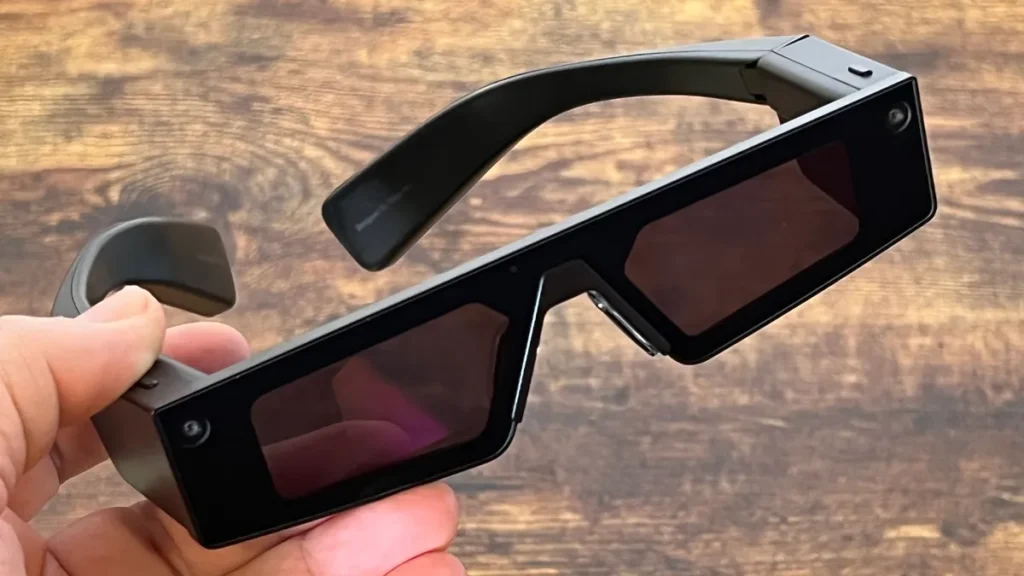
The 2024 Spectacles: A Step Forward
Snap’s 2024 edition of the Spectacles builds on the foundation laid by its predecessors. While they retain a cyberpunk-inspired aesthetic, the design is somewhat refined with smoother curves, making them slightly less imposing than earlier versions. Yet, they remain bulky compared to conventional sunglasses, and their black, rectangular frames won’t win any fashion awards.
These glasses are not yet available for the general public, which is where Snap’s developer program comes in. Priced at $99 per month with a year-long commitment, the program targets developers keen on creating apps for the platform. This hefty cost and limited availability may deter casual users, effectively positioning the 2024 Spectacles as a tool for innovation rather than mass adoption.
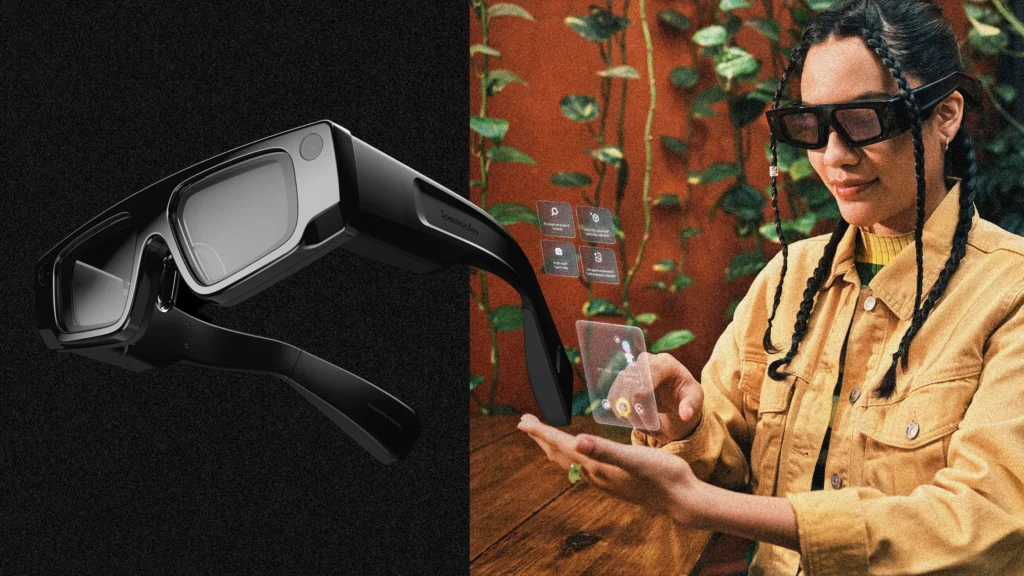
As Scott Myers, Snap’s vice president of hardware engineering, explains, “Our vision has always been to bring the power and joy of augmented reality to people everywhere, and our newest pair of Spectacles is one step closer to making that vision a reality.” Snap hopes to foster an ecosystem where developers can experiment and innovate, ultimately paving the way for a more consumer-friendly product in the future.
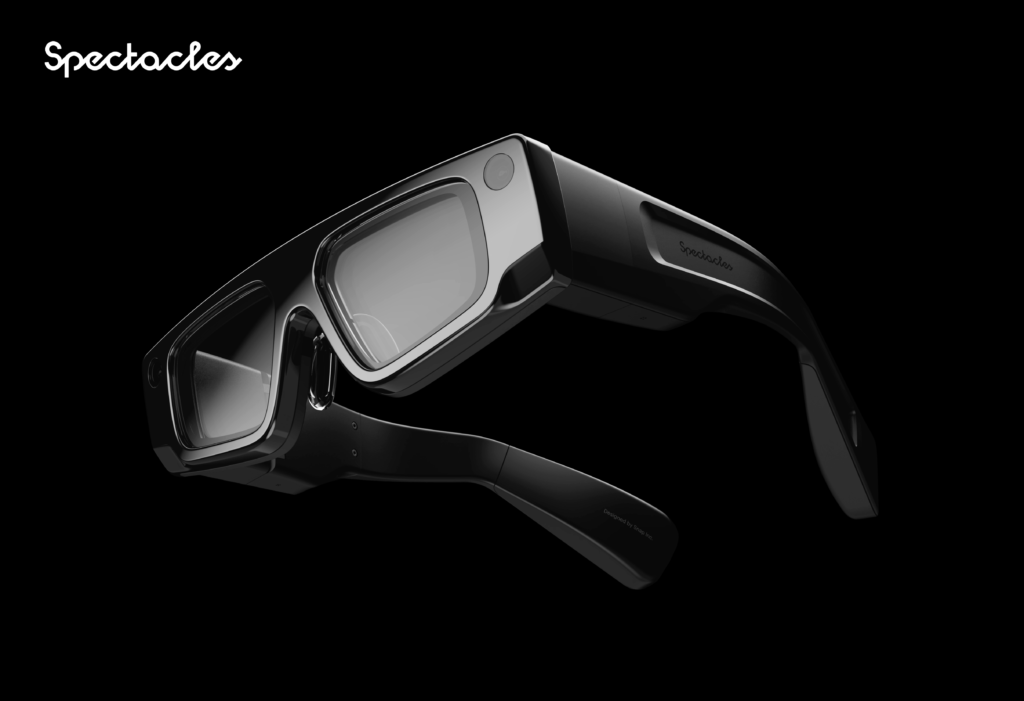
Comparing Snap Spectacles and Meta’s Orion
Snap’s Spectacles enter a competitive market alongside Meta’s Orion glasses, which were unveiled just days later. Both products cater primarily to developers and share a utilitarian design that prioritises functionality over style. While the Orion frames are slightly slimmer, both remain bulky and unlikely to become mainstream fashion items anytime soon.
Meta’s Orion glasses, however, aim to integrate seamlessly into Meta’s vast ecosystem of AR and virtual reality tools, offering a more cohesive experience for developers and consumers alike. Snap, on the other hand, leans into its core strength: fostering creativity and connection among its community of Snapchat users.

Despite these differences, both companies face the same challenge—building a robust AR ecosystem that appeals to developers while ensuring the technology is accessible and appealing to everyday users.

A Glimpse into the Future
While Snap’s Spectacles are not yet ready for mass adoption, the company is laying the groundwork for a broader rollout. Snap’s website encourages users to explore the glasses virtually, promoting the idea of collaboration and creativity. With a tagline emphasising connection—”Designed to get more people closer over the things they love, together”—Snap is positioning its Spectacles as a tool for social interaction and creative expression.
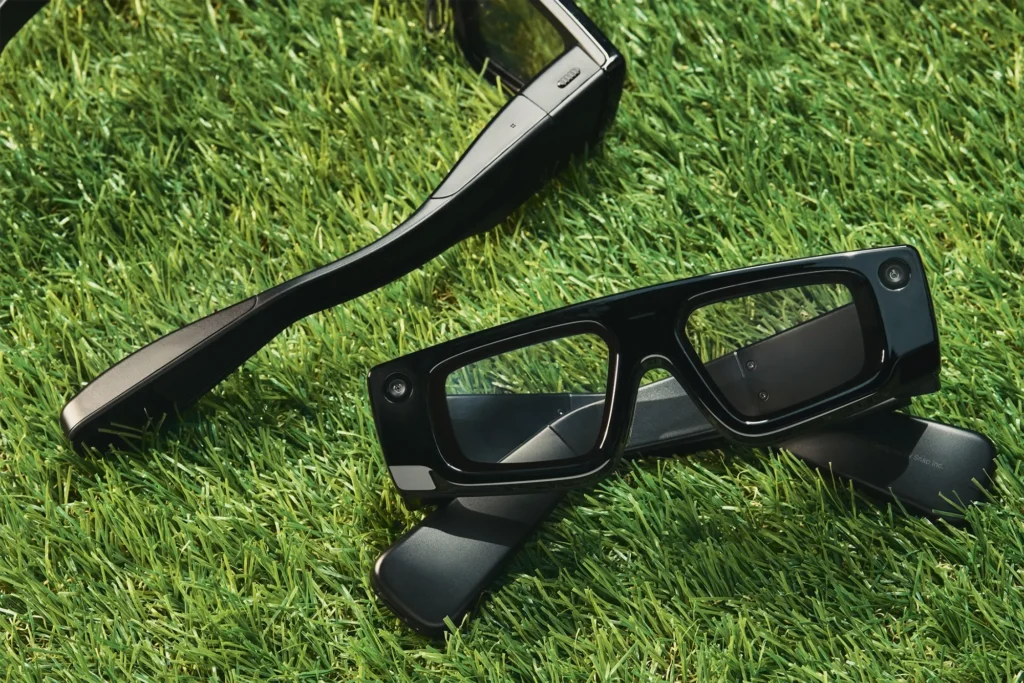
For now, Snap’s marketing efforts focus on its core audience: developers and early adopters who share its vision for AR’s potential. The company hopes to bridge the gap between innovation and accessibility, ultimately reaching a wider audience eager to use AR glasses to enhance their daily lives.
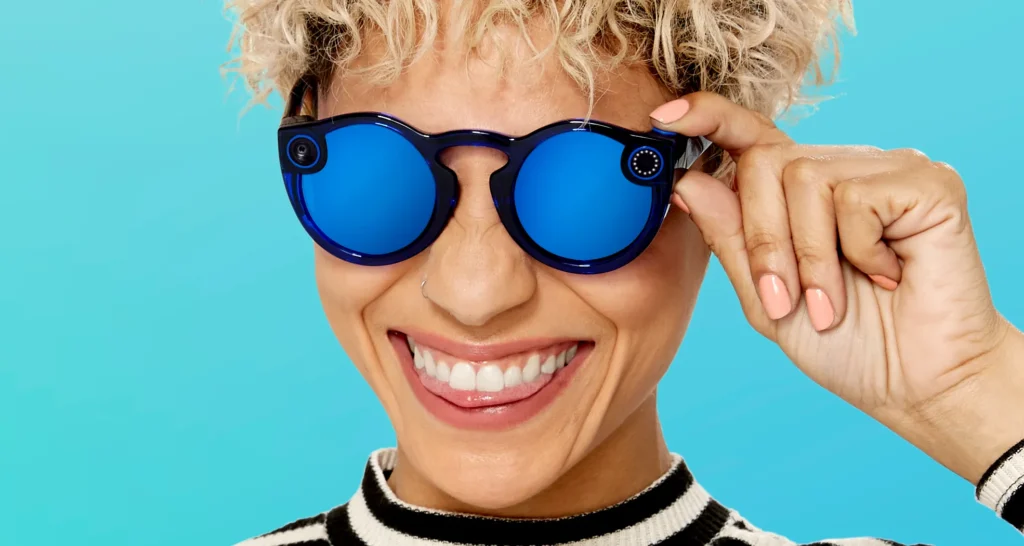
Snap’s AR V2 Spectacles
Challenges and Opportunities
Snap faces significant hurdles in achieving its vision. The glasses’ bulky design and high cost limit their appeal, while competition from industry giants like Meta and Apple raises the stakes. Moreover, convincing users to adopt AR glasses as an everyday accessory will require not only technological advancements but also a shift in public perception.
However, Snap has a few advantages. Its established user base on Snapchat provides a ready audience for AR innovations, and its focus on social connection sets it apart from competitors. By continuing to refine its Spectacles and foster an ecosystem of creative apps, Snap has the potential to make AR a mainstream phenomenon.

Final Thoughts
The 2024 Snap AR Spectacles represent a step forward in the company’s journey toward making augmented reality accessible and enjoyable for everyone. While they may not yet match the sophistication of Meta’s Orion glasses, their focus on creativity and connection offers a unique value proposition.
As the AR landscape continues to evolve, Snap’s Spectacles could play a pivotal role in shaping how we interact with technology and each other. Whether you’re a developer or an AR enthusiast, Snap’s vision for the future is one worth watching.



